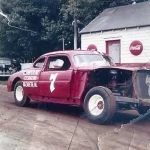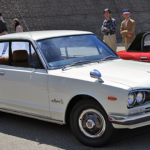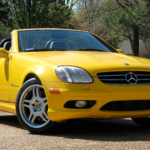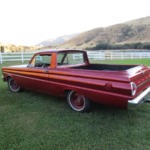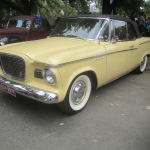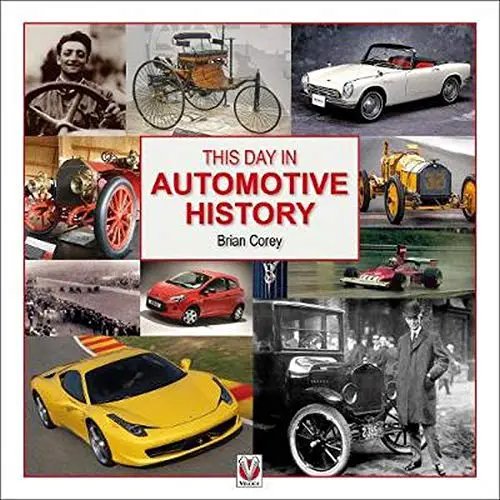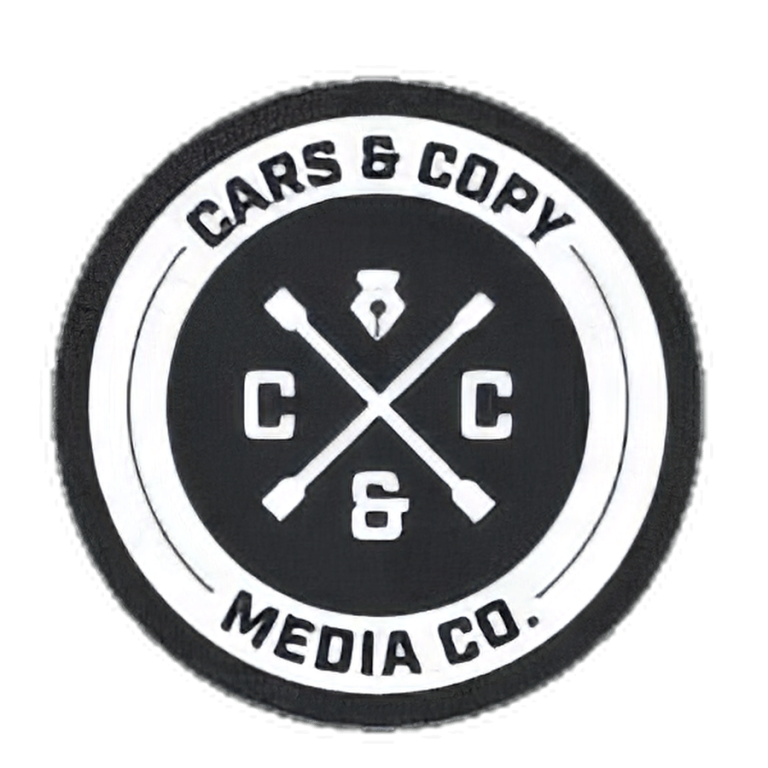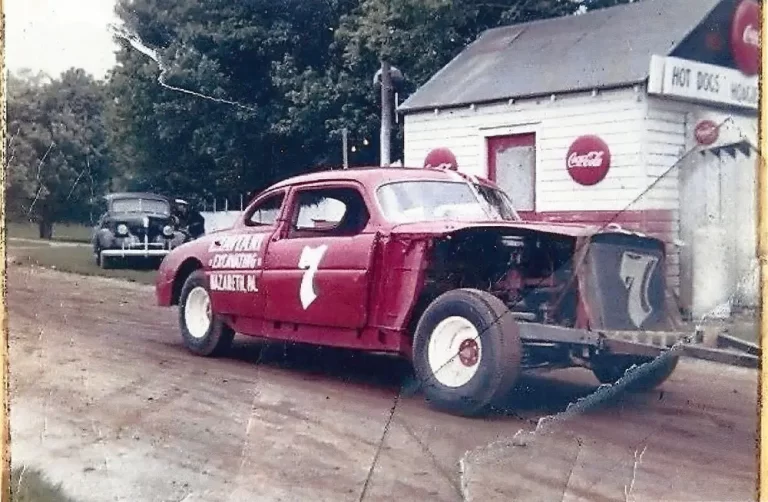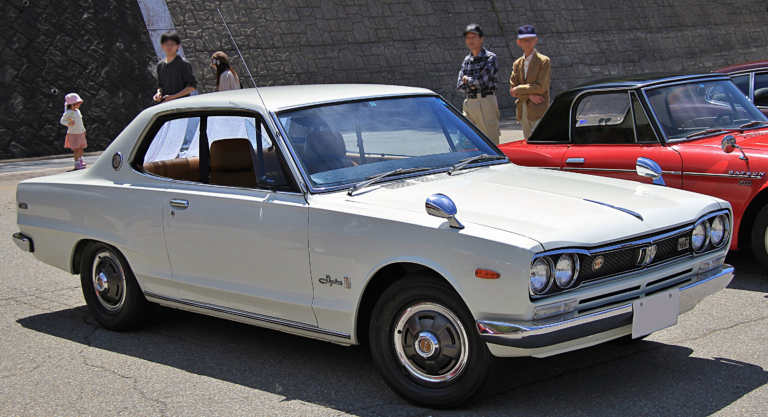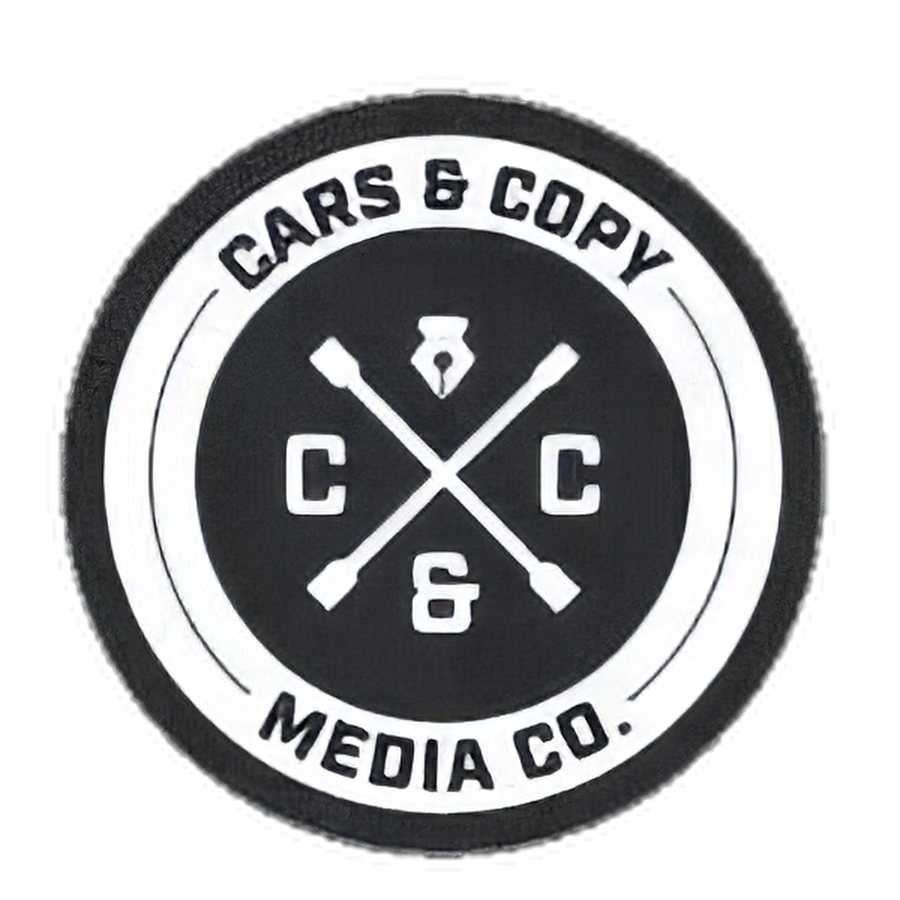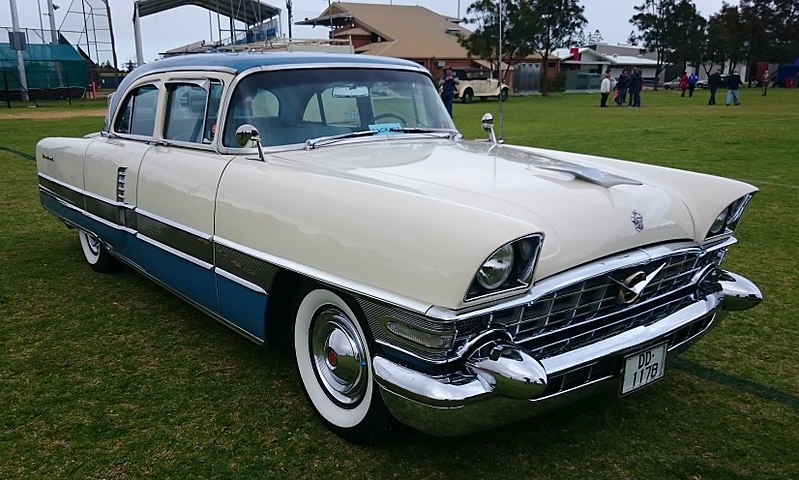
The last true Packard rolled out of the Packard plant in Detroit on this day in 1956. The name lived for two more years on re-badged Studebakers built in Indiana. Packard is said to be born out of a feud that started in 1898 between James Ward Packard and Alexander Winton, the founder of Winton Automobiles. Packard had purchased a Winton, which was the largest automaker in the US at the time. Facing continuous problems with it, Packard began to offer numerous suggestions for improvements to Winton himself. In 1899, growing tired of Packard’s ideas, Winton exclaimed to him, “Well, if you are so smart, maybe you can build a better machine yourself!” Packard accepted the challenge and went to work in his Warren, Ohio, workshop. By the next year, 1899, he had built his first vehicle, a single cylinder automobile.
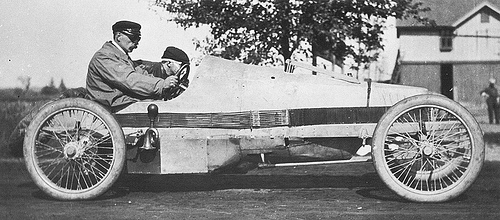
Top: A 1956 Packard Patrician, from the last year of true Packard production
In 1904 the Packard Motor Car Company gained popularity when it released a four cylinder, aluminum bodied speedster dubbed the Gray Wolf. Although designed for racing, Packard happily sold models to the general public. By 1916, Packard had established itself as a premier luxury American automaker. It released a revolutionary V-12 engine that year called the Twin Six. That engine would later be adapted for aircraft use in WWI, then going by the name Liberty Aircraft engine. It is often said to be the most important output of all of America’s war manufacturing effort. This engine also put Lincoln Motor Company in business.

The end of Packard automobiles
Packard remained a top luxury automaker in the United States up to through World War II, staying afloat by offering a more diverse lineup of luxury vehicles than its competitors. In the 1950 sales began to fall. After a hopeful merger with Studebaker, the board of directors deemed the cars too expensive to build. Then president of the newly combined company, James Nance, made the decision to end production of Packards at the Detroit plant in 1956. However, some executives saw value in the name and its use continued on re-badged Studebakers. The goal of creating enough income to once again produce a luxurious Packard failed. In 1958 the brand seized to exist, bringing Packard history to an end.



